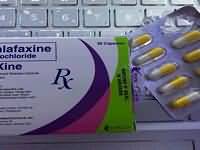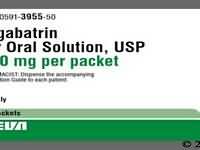isosorbide dinitrate

isosorbide dinitrate
CLINICAL USE
Vasodilator:Prophylaxis and treatment of angina Left ventricular failureDOSE IN NORMAL RENAL FUNCTION
Oral: Angina: 30–120 mg daily in divided —doses;LVF: 40– 240 mg daily —IV: 2–20 mg/hour depending on responsePHARMACOKINETICS
DOSE IN RENAL IMPAIRMENT
GFR (mL/MIN)
DOSE IN PATIENTS UNDERGOING RENAL REPLACEMENT THERAPIES
IMPORTANT DRUG INTERACTIONS
Potentially hazardous interactions with other drugsSildenafil: hypotensive effect significantly enhanced – avoid concomitant useTadalafil: hypotensive effect significantly enhanced – avoid concomitant useADMINISTRATION
Reconstition
–Route
Oral,IV infusion
Rate of Administration
1 mg/10 mL; 60 mL/hour ≡ 6 mg/hour2 mg/10 mL; 30 mL/hour ≡ 6 mg/hourComments
Dilute using sodium chloride 0.9% or glucose 5% to 1 mg/10 mL or 2 mg/10 mL; final volume 500 mLUse of PVC giving sets and containers should be avoided since significant losses of the active ingredient by absorption can occurOTHER INFORMATION
Isosorbide dinitrate undergoes extensive first pass metabolism, mainly in the liver; major metabolites are isosorbide-2-mononitrate and isosorbide-5-mononitrateBoth metabolites possess vasodilatory activity and may contribute to the activity of the parent compoundBoth metabolites have longer half-lives than the parent compound
See how to identify renal failure stages according to GFR calculation
See how to diagnose irreversible renal disease
Home








